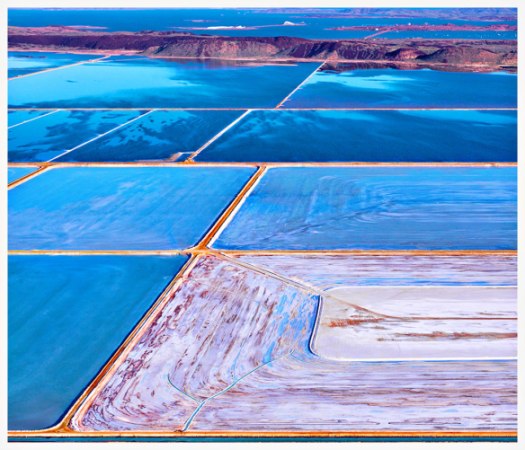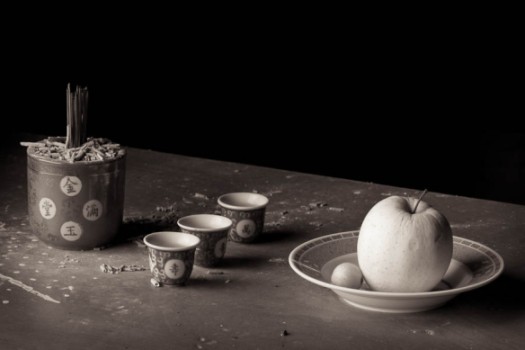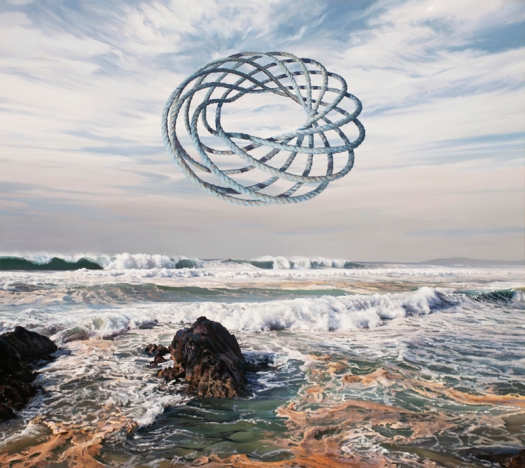It seemed appropriate, given where my head has been in the last few weeks, to look at the collaborative group Ninety degrees Five this week. One of the questions that I’ve been asking is ‘as a beginning photographer how can you accelerate your improvement’ and realized that being part of a working group can greatly help. While I was thinking about that I was also wondering once you ‘make it’ whatever that means to you then what. Does the group that you’re a part of still work for you, do you move onto a new group that are more aligned with where you’re currently at? Where do the modern day masters go for feedback?
It was interesting then for me to come across Ninety Degrees Five, Les Walkling, Tony Hewitt, Peter Eastway, Christian Fletcher, and Michael Fletcher. These four photographers and a film maker are in essence a group of modern day master photographers who are working together in the way that I described in my blog post earlier in the week. The image above of Dampier Salt Flats is by Les Walkling and is from the Pilbara Project. The projects that the group has completed include ‘South West Light’ and ‘2016 Shark Bay – Inscription‘.
One of the things that came out of the Impressionists was a group sensibility within which the individuals still had a indue voice. I think that could also be said for this group too. The work hangs together as a whole and yet they clearly have distinct voices. Check out the videos below for more about the Pilabara project and South West Light.
The Pilbara Project from Michael Fletcher on Vimeo.
52 Weeks On: A Pilbara Project Exhibition Trailer from Michael Fletcher on Vimeo.
South West Light – A Photographer’s Perspective from Michael Fletcher on Vimeo.
ND5 – A photographers Perspective – ‘Come on…..really! are you serious?’ from Michael Fletcher on Vimeo.











